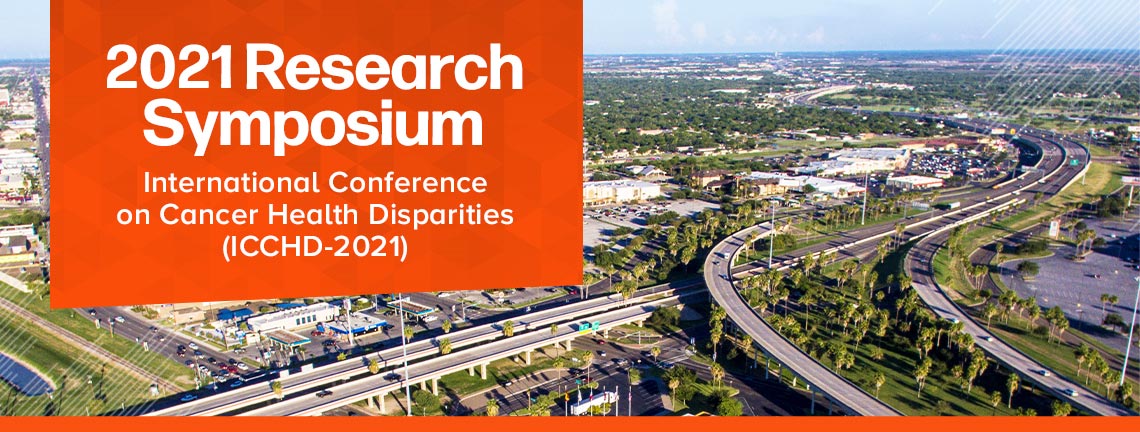
Talks
Exploration of potential natural inhibitors against KRAS-G12D in PanCan: Protein centered pharmacophore HTVS approach.
Presentation Type
Oral Presentation
Discipline Track
Biomedical ENGR/Technology/Computation
Abstract Type
Research/Clinical
Abstract
Background: As per key statistics of American Cancer Society 2021, Pancreatic Cancer (PanCan) affects around 60,430 persons a year in the U.S. and is tricky to diagnose &treat. Studies revealed that African Americans have a 50–90% higher incidence of PanCan compared to other ethnic groups. Oncogenic KRAS mutation is the signature genetic incident in the progression and development of PDAC. KRAS is the most common protein which is 95% times mutated in PDAC condition. By considering this alarming situation our group is now focused on to develop therapeutic portfolio against KRAS-G12D mutation associated PanCan by using high through-put virtual screening(HTVS) approach.
Methodology: In this study, prompt HTVS for vetting the best possible drug candidates from natural compound(NCs)databases has been implemented. Herein, time tested rigorous multi-layered drug screening process to narrow down 66,969 NCs for the identification of potential lead(s) is implemented. Druggability parameters, protein centered pharmacophore-based drug selections &different docking approaches(Rigid & Flexible)were employed in this study.
Result: By using different NCs databases around 66,969 NCs were screened based on protein-centered pharmacophore fit score &binding energies. Less than 0.001% of potential NCs were selected against the known & reference KRAS-G12D inhibitor (BI2852).
Conclusion: By using HTVS approach we have identified a pool of natural inhibitors against KRAS G12D.
Recommended Citation
Dhasmana, Anupam; Dhasmana, Swati; Kotnala, Sudhir; Kashyap, Vivek K.; Khan, Sheema; Yallapu, Murali M.; Jaggi, Meena; and Chuahan, Subhash C., "Exploration of potential natural inhibitors against KRAS-G12D in PanCan: Protein centered pharmacophore HTVS approach." (2023). Research Symposium. 54.
https://scholarworks.utrgv.edu/somrs/theme1/track1/54
Exploration of potential natural inhibitors against KRAS-G12D in PanCan: Protein centered pharmacophore HTVS approach.
Background: As per key statistics of American Cancer Society 2021, Pancreatic Cancer (PanCan) affects around 60,430 persons a year in the U.S. and is tricky to diagnose &treat. Studies revealed that African Americans have a 50–90% higher incidence of PanCan compared to other ethnic groups. Oncogenic KRAS mutation is the signature genetic incident in the progression and development of PDAC. KRAS is the most common protein which is 95% times mutated in PDAC condition. By considering this alarming situation our group is now focused on to develop therapeutic portfolio against KRAS-G12D mutation associated PanCan by using high through-put virtual screening(HTVS) approach.
Methodology: In this study, prompt HTVS for vetting the best possible drug candidates from natural compound(NCs)databases has been implemented. Herein, time tested rigorous multi-layered drug screening process to narrow down 66,969 NCs for the identification of potential lead(s) is implemented. Druggability parameters, protein centered pharmacophore-based drug selections &different docking approaches(Rigid & Flexible)were employed in this study.
Result: By using different NCs databases around 66,969 NCs were screened based on protein-centered pharmacophore fit score &binding energies. Less than 0.001% of potential NCs were selected against the known & reference KRAS-G12D inhibitor (BI2852).
Conclusion: By using HTVS approach we have identified a pool of natural inhibitors against KRAS G12D.

